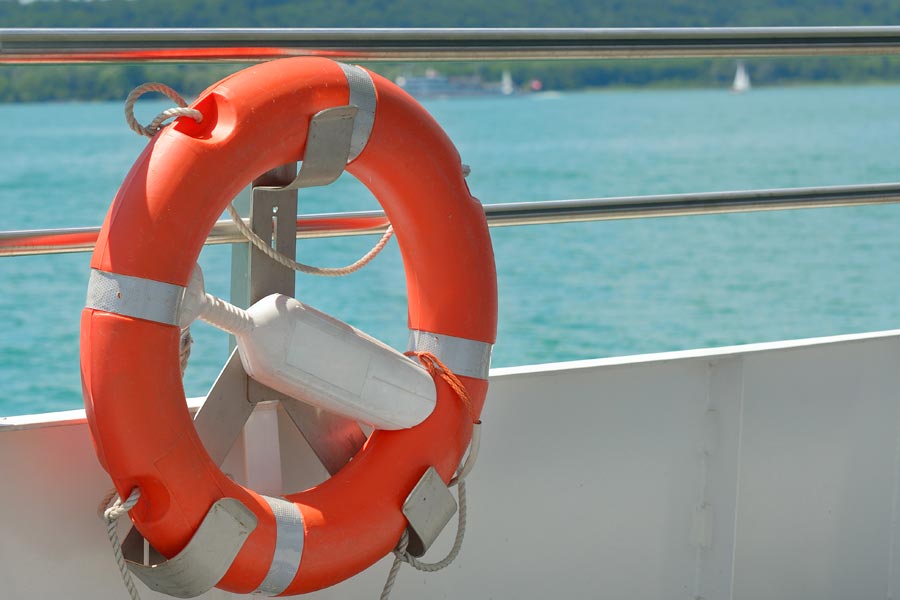December 1, 2019
Why You – not just “Dolly” and “Bruce” – Might Need Surplus Lines Insurance

A change in your business strategy can create a need to access the surplus lines market.
When Dolly Parton insured her breasts for $600,000 and Kiss’s Gene Simmons insured his tongue for $1 million, you can be sure a standard insurer didn’t cover those risks. Same for Bruce Springsteen’s $19 million policy for his voice. These celebrities turned to the surplus lines market.
But the surplus lines market does far more than insure celebrity body parts.
According to the Wholesale & Specialty Insurance Association (WSIA), specialty and surplus lines companies are often called the “safety valve” of the insurance industry. They fill the need for coverage in the marketplace by insuring those risks that are declined by the standard underwriting and pricing processes of admitted insurance carriers. With the ability to accommodate a wide variety of risks, the wholesale, specialty and surplus lines market acts as an effective supplement to the admitted market.
According to A.M. Best, 2017 surplus lines premium volume was nearly $44.9 billion and represents a vast number of insureds who, without the surplus lines market, would have a difficult time obtaining insurance, if they were able to secure it at all.
The surplus lines market plays an important role in providing insurance for hard-to-place, unique or high capacity (i.e., high limit) risks. Surplus lines insurers are able to cover unique and hard-to-place risks because, as non-admitted insurers, they can react to market changes and accommodate the unique needs of insureds who are unable to obtain coverage from admitted carriers.
This results in cost-effective solutions for consumers that are not “one size fits all,” but are skillfully tailored to meet specific needs for non-standard risks.
Risks typically written in the surplus lines market fall into three basic categories:
- non-standard risks, which have unusual underwriting characteristics;
- unique risks for which admitted carriers do not offer a filed policy form or rate; and
- capacity risks where an insured seeks a higher level of coverage than most insurers are willing to provide.
Although surplus lines insurers are “non-admitted,” that does not mean they lack regulation. Each surplus lines insurer must be admitted (licensed) in one of the 50 states and must meet that state’s financial solvency requirements. The state of domicile becomes that insurer’s regulator.
Surplus lines companies are able to offer special coverages because they are largely free of rate and form restrictions that make it difficult for standard companies to write the risk. Their flexibility allows them to design policies that meet unique customer needs.
Talk to Us
Sometimes a small change in your business strategy creates a need to access the surplus lines market. For instance, if a contractor installs kitchen cabinets in rental apartment buildings, he probably buys liability coverage in the standard market. However, if he takes a similar job for condominiums, he may need surplus lines liability coverage. Why? Because his potential liability is greater. If there were a construction defect, the contractor could be sued by each condo owner, rather than just one building owner.
If your business activity has changed, give us a quick call, and we’ll let you know if we need to make any adjustments in your insurance program.
